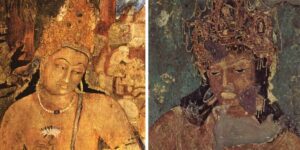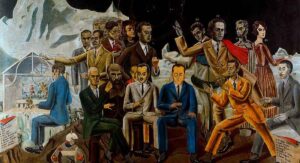Art has always been a powerful means of expression and a window into many cultures and customs. One such rich creative history is Saura painting, an indigenous tribal art form originating from the Saura tribe in Odisha, India. Saura paintings are not only visually pleasing, but they also have cultural and spiritual significance. In this blog, we’ll take you on a journey to discover what makes Saura painting unique, as well as how it differs from another well-known tribal art known as Warli painting.
Meet the Saura Tribe
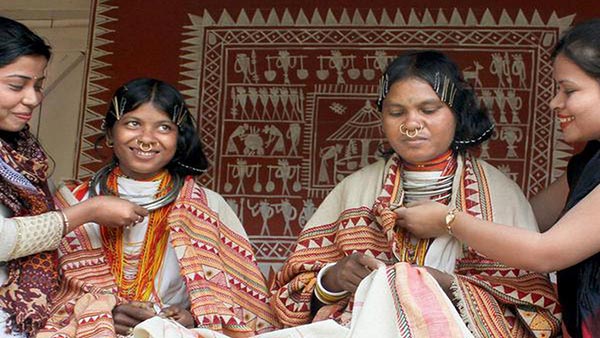
Let’s start with the basics. The Saura tribe is found in the Indian state of Odisha. They have a strong connection to nature and believe in living in harmony with it. This intimate link with nature is what distinguishes their art. The paintings of Saura are like colourful puzzles that tell stories. They make lovely artworks by using simple shapes and vibrant colours. This art is used by the Saura people to express their stories, culture, and love of nature.
Saura painting, also known as “Ikons,” has strong origins in Odisha tribal culture, where the Saura tribe has practised art for centuries. This art genre is largely concerned with environment and spirituality, depicting the tribe’s beliefs and practises. These paintings were traditionally made as murals on the walls of tribal homes, acting as both decorations and representations of their spiritual relationship with nature.
The Significance of Saura Painting
- Spiritual Connection: At the core of Saura painting is a profound spiritual connection. The paintings frequently represent tribal gods and goddesses, animals, and natural elements, symbolising the tribe’s adoration for the environment and their deities.
- Eco-consciousness: Saura paintings are intrinsically environmentally sensitive because they emphasise the symbiotic relationship that exists between humans and nature. They emphasise the necessity of environmental preservation and living in harmony with it.
- Cultural Identity: These paintings bear witness to the Saura tribe’s diverse cultural legacy. They have played an important role in handing down and preserving their customs from generation to generation.
The Ancient Saura Tribe and Their Special Paintings
They are one of the oldest tribes in India, and their story goes way back in time. They even have a connection to some famous stories you might have heard about!
In the big books of stories in India, like the Ramayana and Mahabharata, there are mentions of the Saura tribe. Imagine, Saura people were part of these ancient adventures! In the Ramayana, there was a devotee of Lord Rama named Shabari, and some say he was from the Saura tribe. In another story, a brave hunter named Jara shot an arrow that accidentally hurt Lord Krishna. It’s said that Jara might have been a member of this tribe.
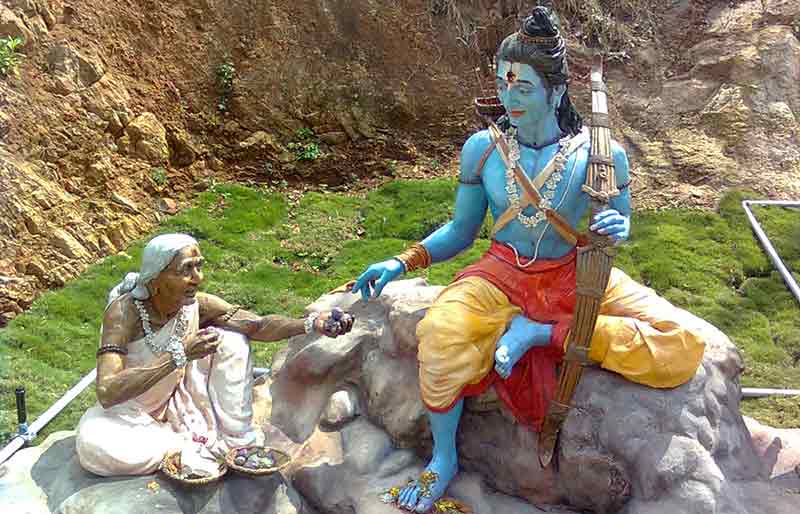
Here’s something even more fascinating. Remember the story of Lord Krishna? Well, it’s believed that after his time on Earth, his body turned into a wooden log and floated into the sea near a place called Puri. And guess what? The special idol of Jagannath in Puri is said to be made from that very log!
Now, let’s talk about Saura paintings. These are like magical artworks created by the Saura people. They use these paintings in their religious ceremonies. You can find these colorful paintings in the southern parts of Odisha in places like Rayagada, Ganjam, Gajapati, and Koraput. These paintings are a big part of how the Saura tribe celebrates their traditions and beliefs.
So, the Saura tribe has a rich history, and their paintings are like windows into their world of stories and traditions. It’s amazing to learn about different cultures and the special things they do,
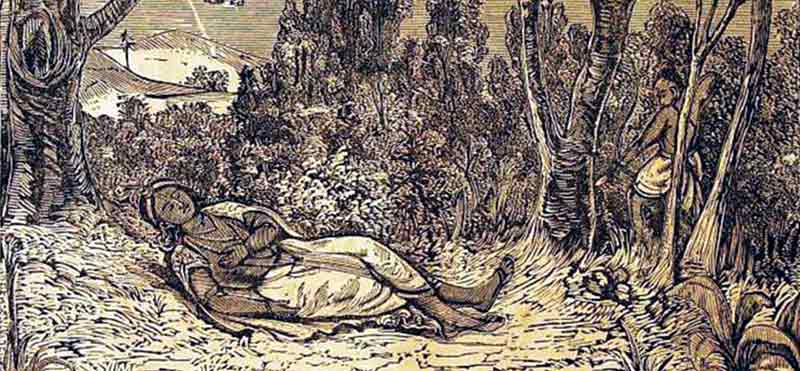
Saura and Warli - What's the Difference?
Now, you might have heard about another tribal art called Warli painting. Both Saura and Warli paintings are beautiful, but they have some differences.
1: Where They Come From
- Saura paintings come from the Saura tribe in Odisha.
- Warli paintings come from the Warli tribe in Maharashtra.
2: Shapes and Patterns
- Saura paintings use simple shapes like circles, triangles, and squares, often filled with colors.
- Warli paintings use mostly lines and dots to create intricate patterns.
3: Themes
- Saura paintings often show scenes from nature and their daily lives.
- Warli paintings often depict people dancing and celebrating.
Difference 4: Colors
- Saura paintings are colorful with lots of red, yellow, and green.
- Warli paintings are more monochromatic, mostly using white on brown or red backgrounds.
5: Purpose
- Saura paintings are used to share stories, celebrate festivals, and connect with nature.
- Warli paintings are used in rituals and celebrations, especially during weddings.
Conclusion
So there you have it, young art adventurers! Saura painting is a magical world filled with colors, stories, and a deep love for nature. It’s a way for the Saura tribe to keep their culture alive and pass it on to the next generation.
Remember, art is a beautiful way to learn about different cultures and traditions, just like Saura and Warli paintings show us. So keep exploring, keep creating, and who knows, maybe you’ll discover your own unique way to tell your story through art!
